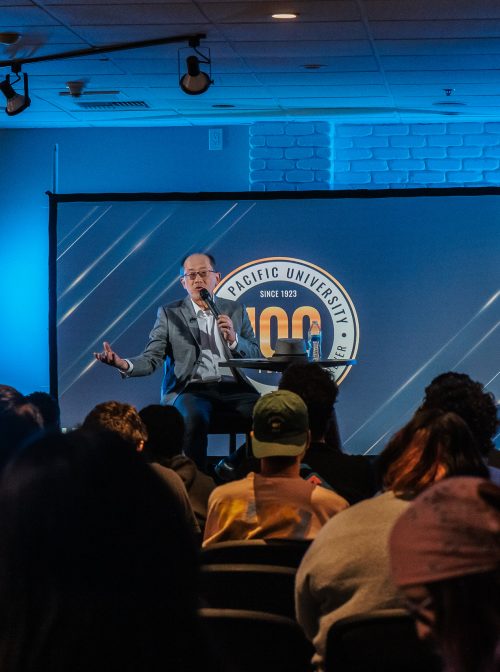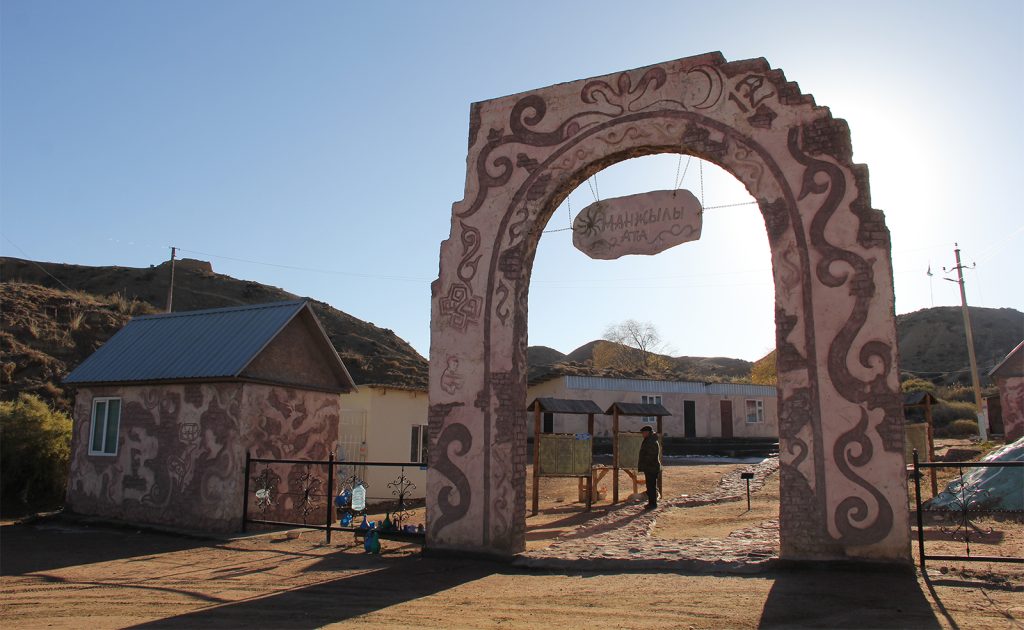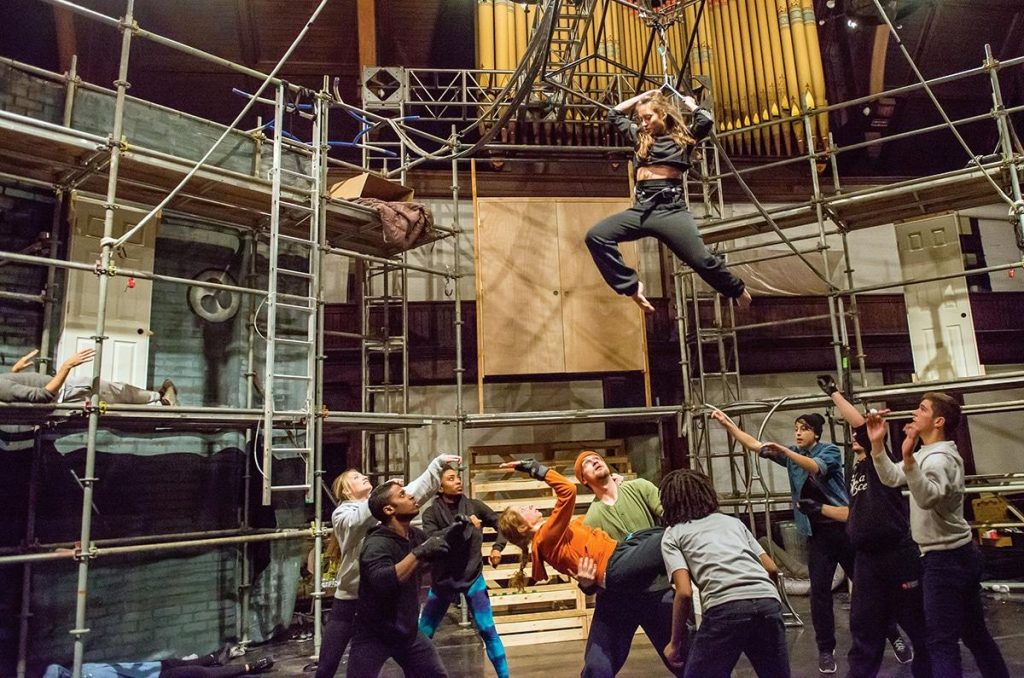Since Pentecostals make exclusionary claims of salvation, what is the benefit of interfaith dialogue? What can Pentecostals learn from other faith traditions, and what can other faith traditions know from Pentecostals? These questions motivated our recent interfaith work at Life Pacific University (LPU) in San Dimas, California.
LPU is a Pentecostal biblical university founded by evangelist Aimee Semple McPherson, who founded the Foursquare denomination. An essential element of the university’s historic Holy Spirit-filled identity is a commitment to intercultural, interethnic, and interfaith engagements rooted in the Acts 2 account of Pentecost.
The universal outpouring of the Holy Spirit in Acts 2 has implications for reconciliation since the Spirit poured out indiscriminately on all flesh. What does that mean? It means that the Spirit’s blessing is for everybody, and the call to reciprocate God’s love is universal. Thus, the witness of the universal outpour invites all people worldwide to enter God’s embrace. Through the Spirit, Christ unifies and reconciles all of us who were previously interspersed.
Reconciliation is the crucial action of relational restoration.
Although interfaith engagement is not always emphasized across Pentecostal communities, it is central to our identity.
Although interfaith engagement is not always emphasized across Pentecostal communities, it is central to our identity.
Thus, LPU, through an Interfaith America campus grant co-sponsored by the Council for Christian Colleges & Universities, brought four leading Pentecostal voices on matters of racial reconciliation and interfaith dialogue to LPU’s campus for a seminar attended by students, faculty, and staff. We also created a free, open-access certificate titled “A Pentecostal Commitment to Racial Reconciliation and Interfaith Dialogue” available to the public.
We received many positive responses about the seminar and the certificate, and the LPU community entered a pertinent dialogue that will hopefully enrich the lives of many. While all the sessions and videos dealt with history, theology, and critical theory to approach the topics of racial reconciliation and interfaith dialogue, Pentecostal theologian Amos Yong’s biblical approach to interfaith dialogue stood out.
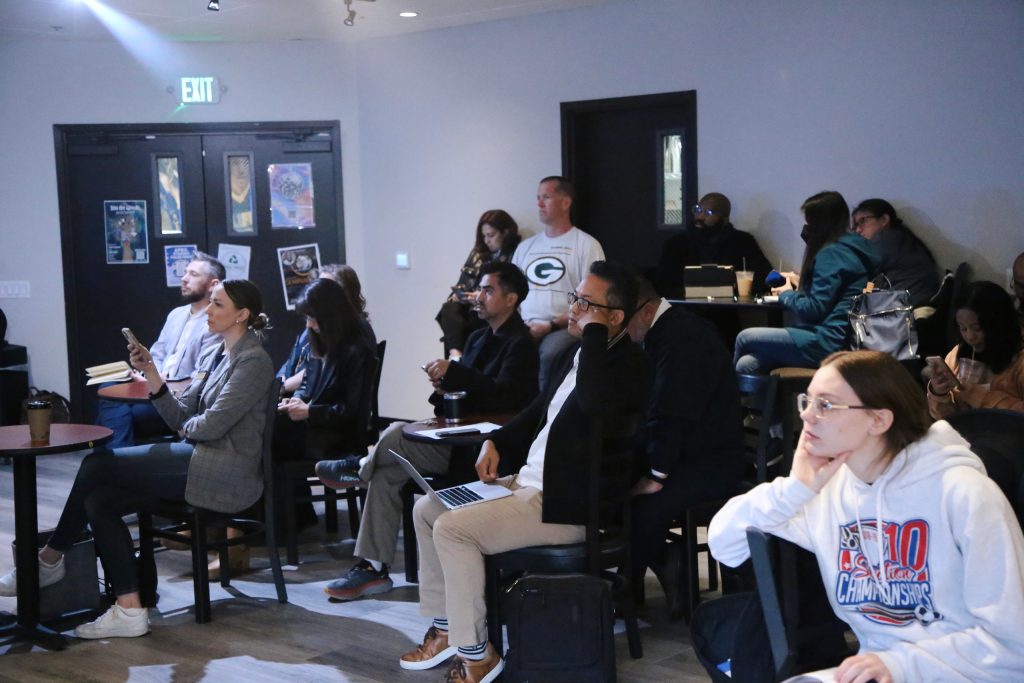
Yong looked to Scripture, particularly the book of Acts, to demonstrate how Pentecostals might address interfaith matters today. The apostles encountered intercultural, interethnic, and trans-tribal challenges, difficulties, and opportunities throughout the book of Acts. This fact caused Yong to ask: What did the apostles of the book of Acts do when confronted by ethnic and religious otherness? Answering this led to questions of application: Just as the Holy Spirit led the apostles, what would the Spirit lead us to do today? How can we read the Book of Acts in a way that informs us of what we are doing today?
Yong outlined three “windows” into the apostles’ encounters that can be found in chapters 17, 19, and 28, respectively. Window 1 is the “Athens Window” (Acts 17), and it highlights how Paul engaged the Athenians at the Areopagus in interreligious dialogue. He spoke to the Athenians on the terms of their teachings. Paul found a point of contact when he found an altar with the inscription “to the unknown God” (v. 23). He told them about Christ, but by respecting their beliefs and teachings, Paul situated them in a camp of humanity. Paul indicates that God was not far off but near to them. God was available for them to find in their midst.
Window 2 was called the “Ephesus Window” (Acts 19), and it highlights how Paul and some of the disciples encountered Gentiles in Ephesus. They bore witness of Christ daily in the lecture hall of Tyrannus. Because this went on for two years, there were political consequences. The followers of Artemis accused Paul and the disciples of damaging the city of Ephesus’s political economy. Crowds gathered to hurt them, but the town clerk defended them, saying they had done nothing wrong and had not blasphemed Artemis. The clerk is an Ephesian, saying they did not blaspheme their God, demonstrating that Paul did not enter Ephesus to preach against the Ephesian gods but for Christ. It was Paul’s respect for the other that vindicated him.
Window 3 was called the “Malta Window” (Acts 28) and tells the story of Paul and his party reaching safety on the island of Malta after a shipwreck. The natives showed them “unusual kindness” (v. 2). A snake came upon Paul and bit him, but he had no ill effects. Because of this, some Maltese began treating him like a god. During his days in Malta, Paul healed Publius, the leading man of the island, and some other people from the island. Then, as Paul and his company were going to leave, the Maltese honored them in many ways and filled their ship with provisions. Their hospitality makes one wonder who saved whom here. Yes, the Maltese are getting healed, but they also saved the apostles from a shipwreck through their kindness and hospitality.
Yong ended his session with these fascinating words: “Here is the interreligious encounter I continue to pray for – that when I meet people of other faiths, God will keep saving me. I will not be saved in my encounter with other faiths unless I open myself up to the work of the Holy Spirit. Because if it were up to me, I know exactly what I would do. I would preach to them. I would tell them they are going to hell. I would do everything that would hinder the Holy Spirit from saving me.”
Yong has shown us that we have a blueprint for entering interfaith dialogue when we follow the apostles’ lead. A Pentecostal commitment to interfaith dialogue continually asks the Holy Spirit what to do when confronted with otherness. The “many tongues of Pentecost” refers to the many cultures, practices, forms of witness-bearing, and, significantly, the many forms of witness-receiving. Pentecostals are committed to the idea that the Holy Spirit is always present and speaking. May we have the ears to hear and the grace to receive what the Spirit provides us.
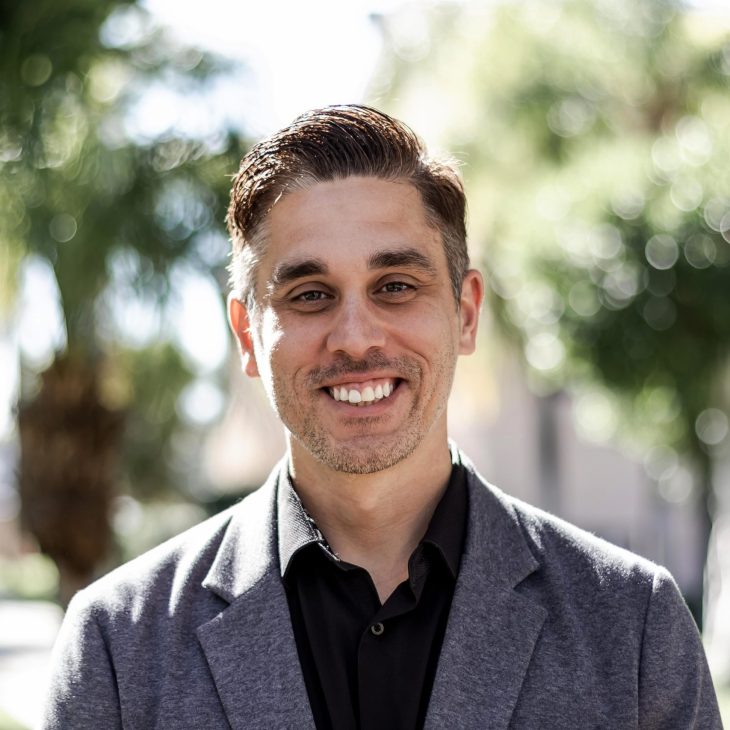
Steven Félix-Jäger
Steven Félix-Jäger, Ph.D., MFA, is an associate professor at Life Pacific University and chairs the Department of Worship and Media. A visual artist, songwriter, and music producer, Félix-Jäger is the author of Pentecostal Aesthetics (Brill Academic, 2015), With God on Our Side (Wipf & Stock, 2017), Spirit of the Arts (Palgrave, 2017), Art Theory for a Global Pluralistic Age (Palgrave, 2020), and Renewal Worship (IVP Academic, 2022), and co-author of Renewing Christian Worldview (Baker Academic, 2023) with Dr. Yoon Shin. He has also written several articles and book chapters concerning theology, philosophy, culture, and the arts.
“Building Bridges, Deepening Faith” campus grants were made possible by generous support from the Arthur Vining Davis Foundations and The Pew Charitable Trusts.
